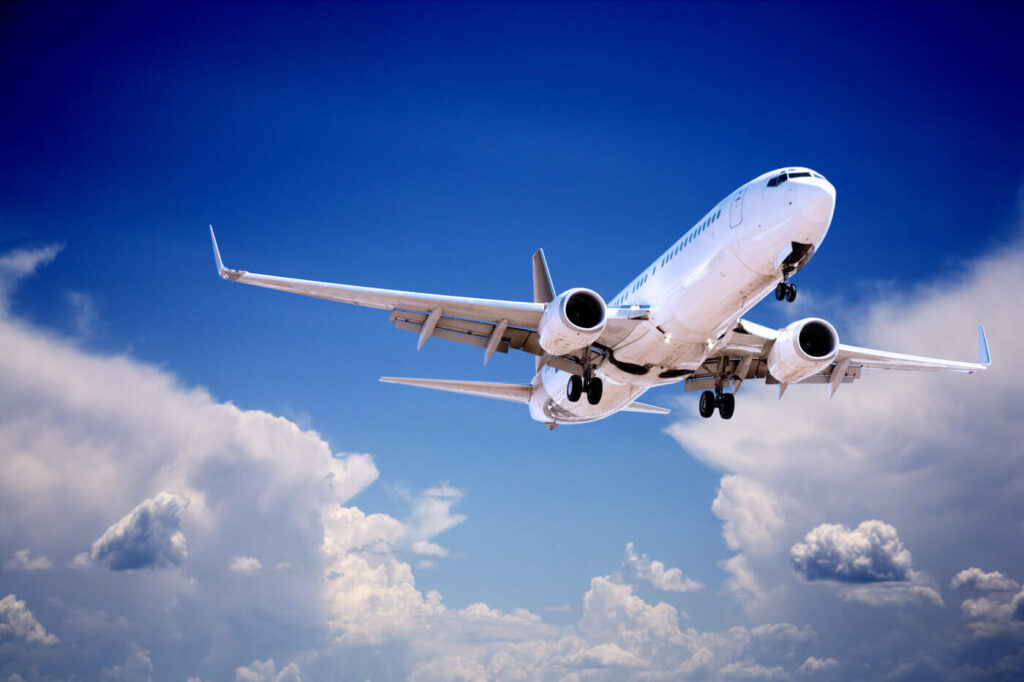Claiming that Boeing knew 133 of its 737 planes contained defective parts yet still presented them for certification, the Federal Aviation Administration wants to impose a $3.9 million fine to the U.S. planemaker.
Boeing certified approximately 48 aircraft equipped with potentially defective wing parts between August and October 2018. Later on, from October 2018 to May 2019, the U.S. planemaker “knowingly” presented a further batch of 85 potentially affected 737s as airworthy, according to the FAA’s statement issued on December 6, 2019.
Alleging that Boeing’s quality assurance system failed to maintain that its suppliers comply with Federal Aviation Regulations, the U.S. authority has announced it is proposing a $3,916,871 civil penalty against the manufacturer. Boeing has now 30 days to respond to the proposed action.
The 133 Boeing 737 aircraft were installed with faulty slat tracks ‒ the parts could not be used due to a failed strength test, according to the FAA. Slat tracks are parts located on the leading edge of the wing. They guide the movement of slat panels that provide additional lift during takeoff and landing.
But the parts provided to Boeing by its third-tier supplier Southwest United Industries were incorrectly manufactured, and a quality test showed the presence of hydrogen embrittlement, according to the FAA. The condition, known as hydrogen embrittlement, occurred during cadmium-titanium plating.
Such slat tracks could present signs of early wear and cracks due to the lack of heat treatment. In operation, especially during take-off or landing, a plane equipped with such parts could face dangerous situations. While a failure would not lead to the loss of the aircraft, as the FAA has pointed out previously, a broken down part could damage an airplane in flight.
The problem first became widely known in June 2019 when both Boeing and the FAA informed operators about the situation calling for inspections. After Boeing’s service bulletin, the FAA issued an airworthiness directive the same month, mandating operators to have their aircraft inspected and faulty parts replaced with new ones.
Around 300 aircraft of both Boeing 737 NG and the 737 MAX versions had to be inspected at the time. Boeing expected that twenty 737 MAX and twenty-one 737 NG could have the faulty parts. However, inspections were ordered for 179 MAX aircraft and 133 NG to determine if their parts were also defective.
While the serial numbers of the affected parts have been communicated to the airlines, the obscurity of numbers could have come from additional shortcomings during the slat tracks manufacturing process.
Slat tracks are required to have an identification mark displayed on them. But the parts provided to Boeing by Southwest United Industries had either obscured or invisible identification marks, as they were not covered in a protective coating, the FAA has now revealed, highlighting that it posed a difficulty to identify the affected parts.
As a third-tier supplier, Southwest United Industries provides its production to Spirit AeroSystems which then, in turn, supplies Boeing.
